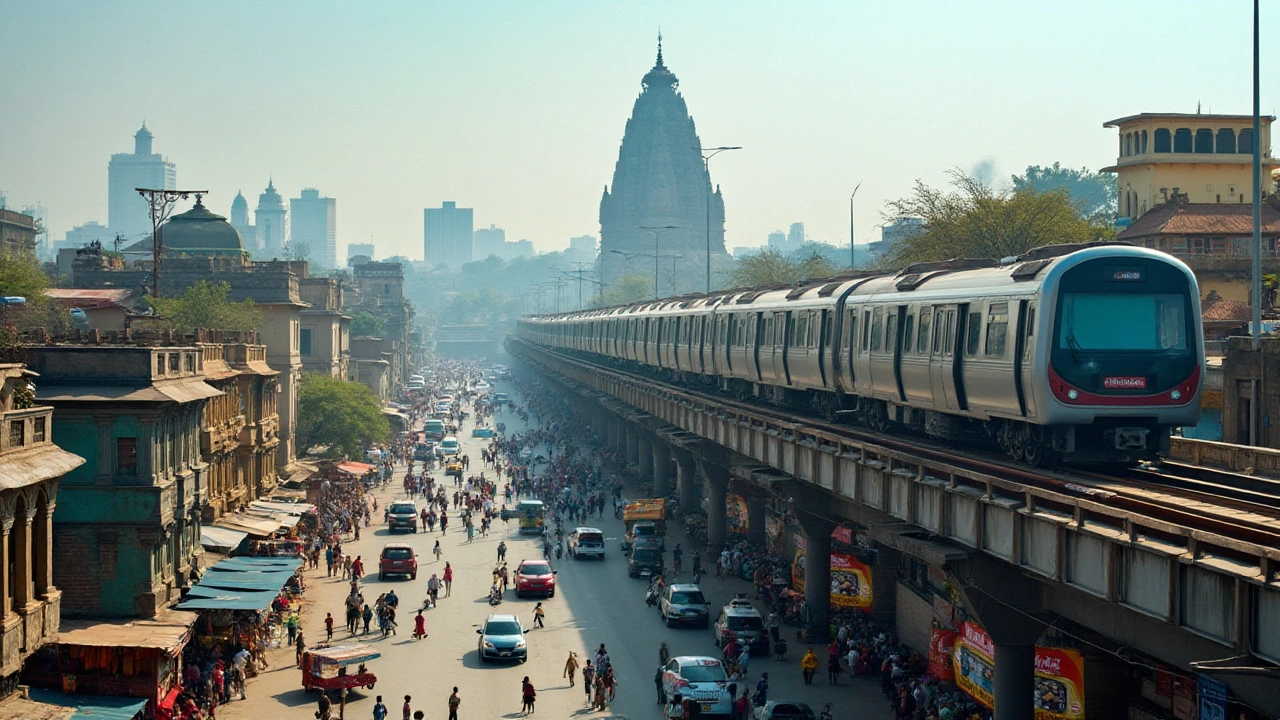When you look for a house or apartment, the first thing you think about is price, size, and maybe how the place looks. But there’s a hidden factor that can make or break your decision: transportation. A short, easy commute can cut down on stress, save money on fuel or tickets, and even raise the resale value of your property. Let’s break down why transportation matters and how you can use it to your advantage.
First off, people love convenience. A property that sits near a bus stop, metro station, or major highway gets more attention from buyers and renters. That extra interest usually translates into higher demand and higher prices. In India, a flat within 1 km of a metro line often commands a premium of 10‑15% over similar units farther away. The same pattern shows up in the US, the UK, and many other markets.
Second, commute costs add up fast. If you spend an hour each way in traffic, that’s two extra hours you could be sleeping, exercising, or spending with family. The money you lose on fuel or public‑transport tickets can easily reach $200‑$400 a month. A shorter commute means more disposable income and a better quality of life.
Third, future resale potential ties tightly to transportation plans. When a city announces a new subway line or a highway expansion, properties nearby usually see price spikes within months. If you buy before the project finishes, you might reap a solid return when the line opens.
1. Map the commute – Use Google Maps or local transit apps to simulate a typical day. Look at rush‑hour times, not just off‑peak. A 20‑minute drive can become a 45‑minute crawl during peak traffic.
2. Check future projects – City planning websites often list upcoming metro stations, bus corridors, or bike lanes. A property that’s a bit farther today could become prime real estate in two years.
3. Consider multi‑modal options – Even if you own a car, having a nearby train station can give you backup on bad traffic days. Look for places with good pedestrian pathways and bike‑share stations.
4. Look at walkability scores – Sites like Walk Score give a quick snapshot of how easy it is to get around without a car. Higher scores usually mean lower transportation costs.
5. Factor in parking – In dense areas, parking can be pricey or scarce. A condo with a reserved spot might cost more upfront but save you hours hunting for a space later.
6. Talk to locals – Neighbors can tell you the real‑world truth about traffic patterns, safety, and how reliable the transit service is. Their insights often beat any online rating.
7. Balance price and proximity – Sometimes a slightly longer walk to a station is worth the money saved on rent. Do the math: a $200 monthly rent difference versus a $50 monthly transit pass could tip the scales.
By keeping transportation front‑and‑center in your search, you’ll avoid hidden costs and set yourself up for a better living experience. The next time you browse listings on Redos, filter by “near transit” or add the nearest station name to your search terms. You’ll see how many more options pop up when you think beyond just price and size.
Bottom line: good transportation links are a win‑win. They make daily life smoother, keep your expenses lower, and protect your investment’s future value. Use the tips above, stay curious about upcoming projects, and you’ll find a place that works for both your wallet and your lifestyle.

A metro, often known as a subway, is a rapid transit train system designed to transport people within an urban and suburban area quickly. Its presence can significantly impact local real estate markets, often driving up property prices due to increased accessibility and convenience. This article explores what defines a metro system and how it influences the value and development of nearby properties. By examining these factors, one can better understand the strategic importance of metro systems in urban planning and real estate investment.